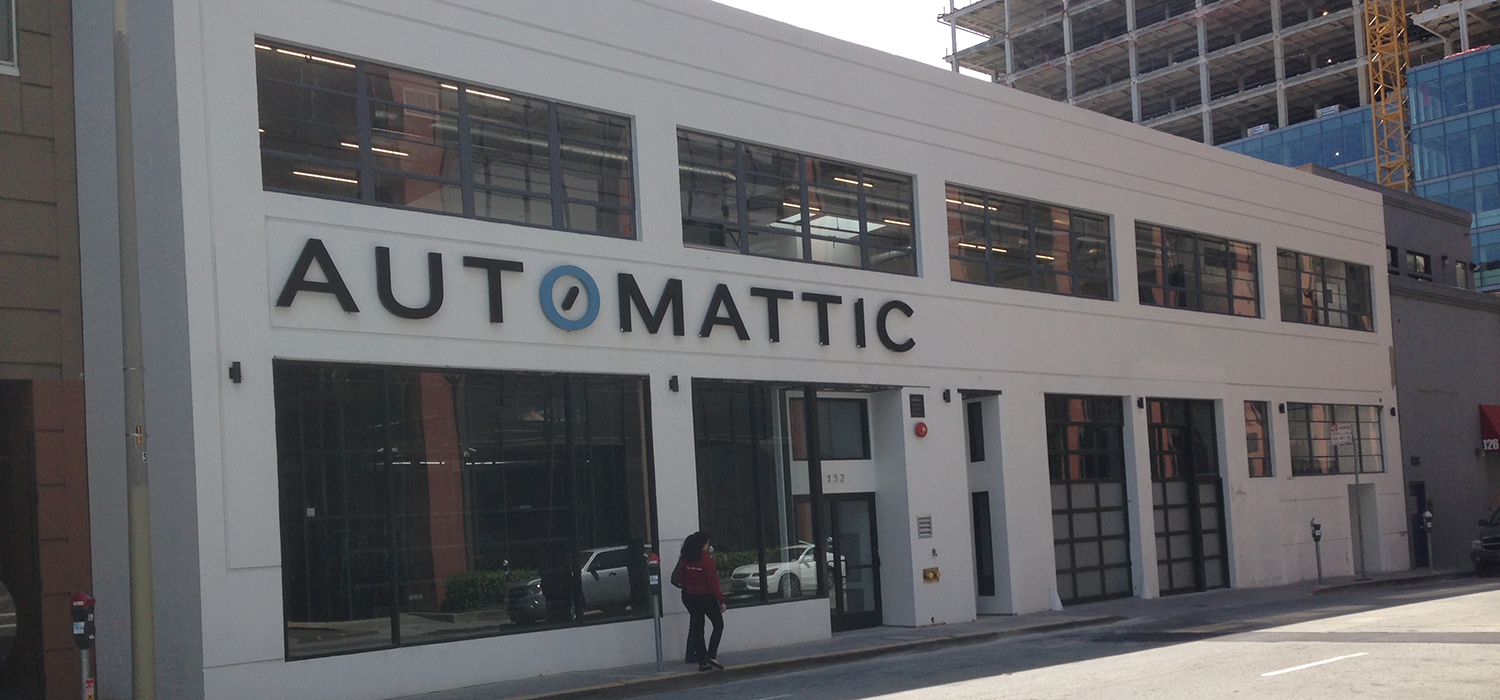
If you’re thinking about applying to work for Automattic, you might want to read this article first. Dave Martin, Creative Director at Automattic, published an in-depth look behind the scenes of the remote hiring process for the design and growth portion of the company. He explains the five step process in detail which gives future applicants a good idea of what to expect.
It’s a fascinating read and I learned that every part of the process has a purpose. For instance, every trial project consists of work that would normally be completed by existing exmployees. Every question asked by Martin in the interview process has a purpose, whether it’s to glean information or get a feel for how the applicant communicates.
The one area of the hiring process I’ve routinely seen scrutinized by those who don’t make the cut is the lack of specific feedback on why they’re not a good fit for a position. Dave Clements, who almost made it to the final stage of the hiring process, criticized the lack of detail from Automattic on why he wasn’t a good fit.
My only criticism of my whole process from start to finish is that I wish they would have gone into more detail into on why I was not a good fit for them. They had been so verbose and open up to that point about any question that I asked of them, but when I asked why they had come to the decision to not move forward, I was given a fairly generic response as they ‘couldn’t go into too much detail’.
Martin tries to do his best to highlight why someone is not a good fit, but the process is not easy and the number one goal is to hire the best people.
If things don’t end up working out, I’ll do my best to highlight why. At this point the applicant has invested quite a bit of time. I try to be as specific as possible as to why they are not going to proceed to a final interview.
Telling people no is hard, but mistakenly bringing on the wrong people can be much worse. While you want to always be kind, and helpful to all applicants, your primary responsibility when hiring is to ensure that only the best people get hired. That is priority number one.
Whether you’re a distributed company or someone who’s interested in working for one, there is plenty to learn from the post. I also encourage you to read this Harvard Business Review article from 2014 featuring Matt Mullenweg, on holding auditions to build a strong team. If you’ve gone through the Automattic hiring process, let us know what it’s like in the comments.
Learnt quite a lot from this process. Especially the Skype texting instead of scheduling.